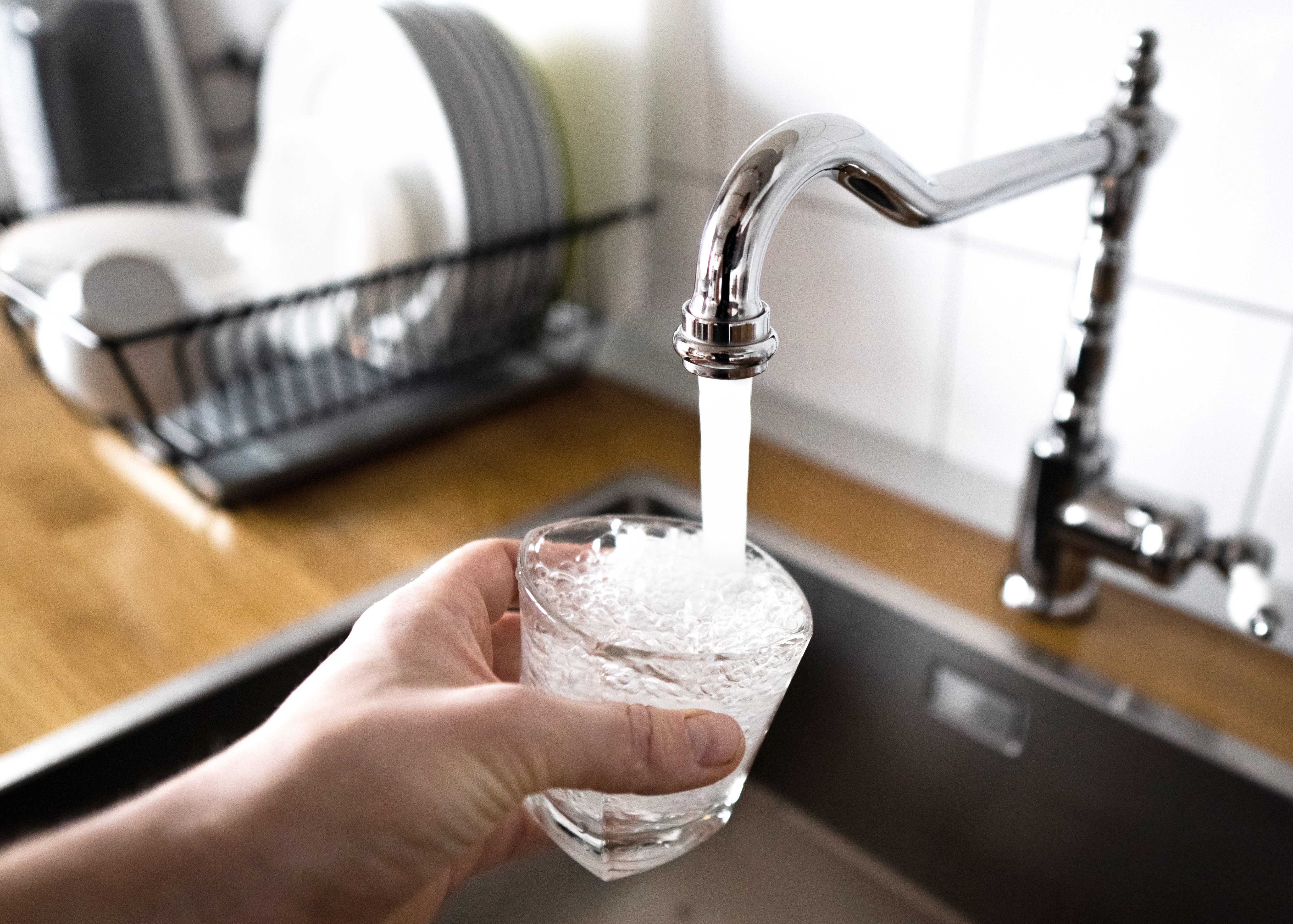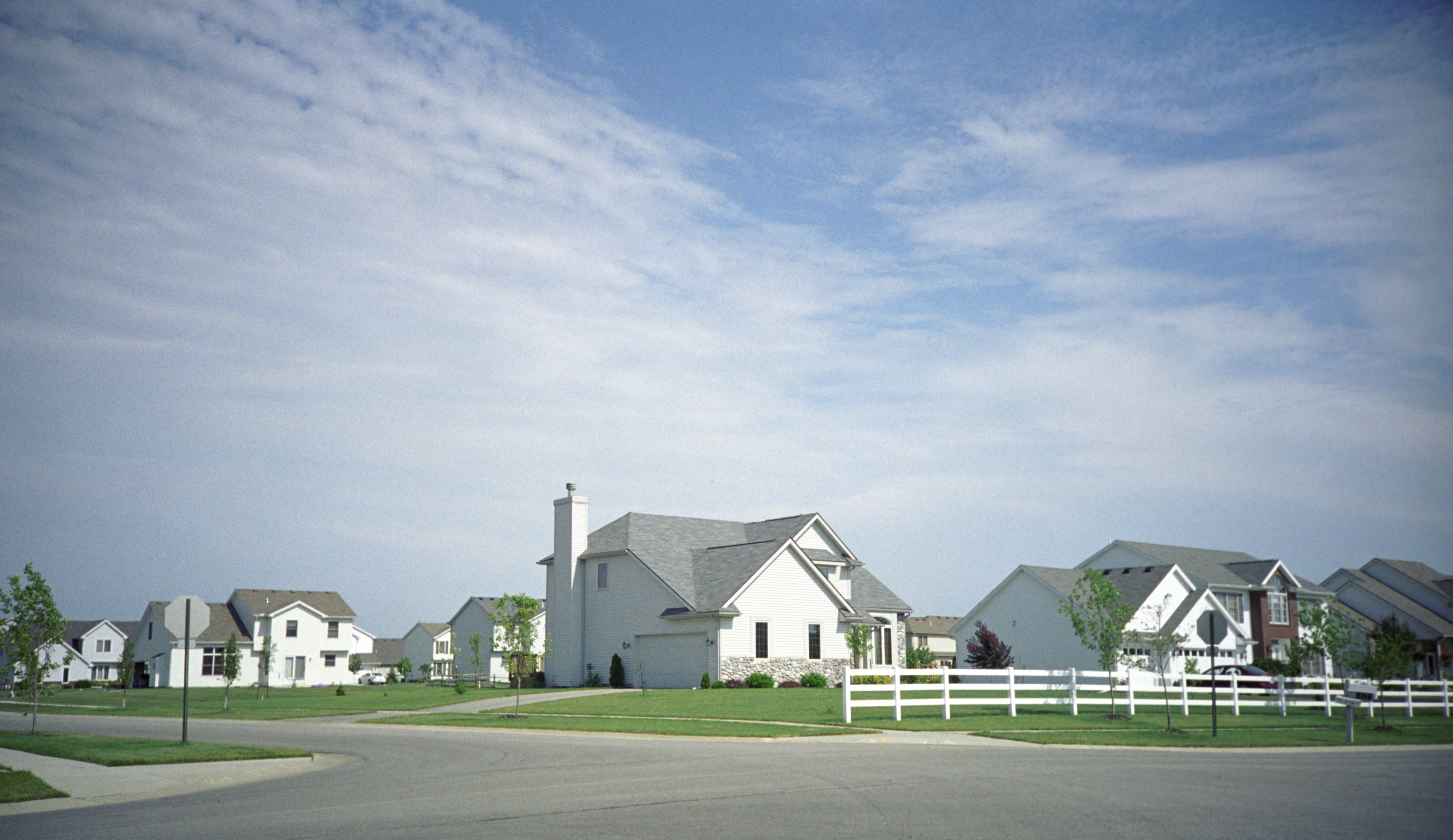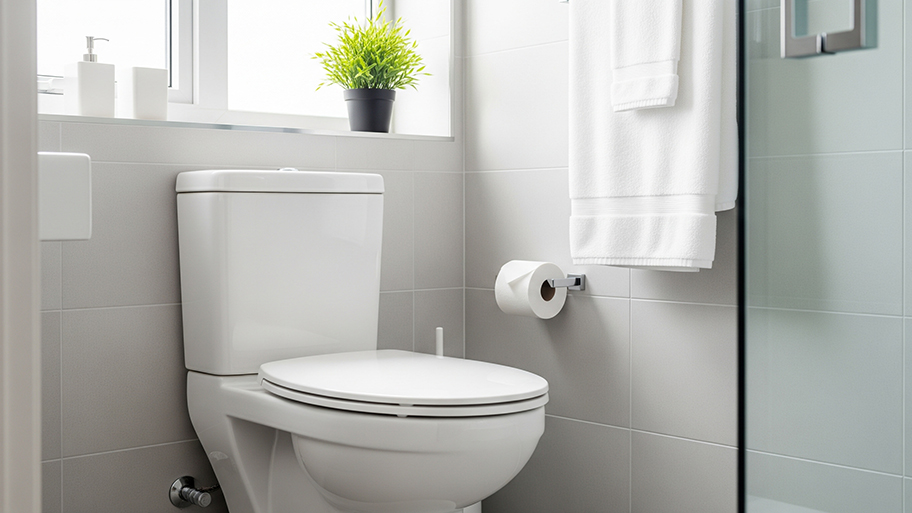
Learn how much plumbers cost in Columbus, Ohio. Discover pricing for faucet repairs, pipe work, and emergency services, plus how you can save money.
Find out why water sometimes pools under the sink and learn how to identify the cause


Loose nuts or worn parts can cause sink leaks.
The solution could be as simple as tightening parts with pliers.
You may need to replace valves, hoses, caulk, and more.
If you see water under your sink, your immediate reaction is probably to search for a leak. But what if there’s water under the sink but no leak? There are a few common problems that can cause water to pool under the sink, sans an actual leak. Here are some possible causes for the mystery water under your sink, along with what to do about it.
Because the plumbing under your sink has both hot and cold water running through it, it’s normal for pipes to expand and contract. Over time, this could mean that the connections that keep the piping together can become loose. Check the water supply lines and drain lines for this type of leakage.
This issue is easy to fix once you locate the source of the dripping water. Tighten the nuts with your hands, and then use pliers if necessary.
It can be hard to find a good plumber, but I found one! I've hired Nick with Plumb Poppin twice and was extremely pleased with both jobs he completed for me. One of the jobs required busting through our slab to replace pipes that had gone bad. He took the time to explain what he had to do to fix the problem, and patiently answered my questions. It was a messy job and he cleaned the areas afterward so well you couldn't even tell the work had been done. He also installed a water filtration system for me. He was on time, has an excellent attitude, is very knowledgeable and quick thinking if a problem pops up. (I live in an older house.) His prices are more than reasonable and he backs up his work! I wouldn't hesitate to hire him, and will be using his services for any future issues I have.
If you’ve tried tightening any loose nuts and still see moisture, check the washers and O-rings. When in good shape, these pieces are smooth and round, while worn-out components can have cracks and worn edges.
You can easily replace worn-out washers and O-rings to fix the problem. First, remove the handles from the faucet and locate the washers and O-rings. You can take these parts to the hardware store to ensure you get the right replacement parts, then install the new ones to fix the leaky faucet.
Plumbing maintenance tips often include checking the shutoff valves and O-ring to prevent leaks. This is because it’s common for shutoff valves to leak due to gaskets or O-rings that wear out over time. These parts typically last around 10 to 15 years, so it may simply be time to replace the unit.
Locate your sink’s shut-off valve and see if there’s water coming from there. If so, you can buy a stem repair kit with a new stem, washer, and gasket. A local plumber can also help repair this issue.
The P trap under your sink is the curved portion of the piping that catches extra debris. A leaking P trap could be why there is water under the sink.
First, try tightening the coupling nuts and checking the washers. If that doesn’t work, try cleaning out the P trap.

Components in the sink drain trap can wear out, so if water is coming from the gasket on the sink drain trap, this could be the culprit.
If the sink drain trap is the issue, you will either need to reseal it with plumber’s putty or replace the rubber gasket. In many cases, it’s easier to do a full replacement rather than hunting down specific replacement parts.
If your leak is coming from the cabinet ceiling, it may be a leaking spray nozzle.
Tighten the stem connection on the hose, but if that doesn’t work, you’ll likely need to replace the hose and nozzle. If they’re a standard design, you may be able to find spare parts at the store. Otherwise, it may be easier to buy a replacement.
If the leak is at the top of the garbage disposal, the culprit may be the sink flange, which is the part that connects the garbage disposal to the sink. If the disposal is leaking at the bottom, the best-case scenario is a worn-out flywheel gasket. However, if the issue is with the internal seal or a crack in the housing, you will likely need a new disposal.
To start troubleshooting this issue, check the sink flange. The flange may need to be tightened or replaced, or you may need to install fresh plumber’s putty. If you think the issue is with the internal seal or crack in the garbage disposal housing, consider calling a garbage disposal installation pro to help with the garbage disposal repairs or installation.
The dishwasher's drain hose connects it to the garbage disposal. If you notice water under the sink only when the dishwasher is running, this is the best place to start.
Try tightening the metal clamp if the leak only happens during a dishwasher cycle. You may also need to replace the hose.
The caulk around your sink can crack and become brittle over time. When this happens, water can leak between the sink and the counter and pool under the sink. Signs that old caulk is the problem are cracks, empty gaps, discoloration, and tiles coming loose.
You can learn how to re-caulk the sink and seal gaps like a pro to fix this problem. Remove the old caulk with a caulk removal tool, putty knife, or utility knife. Then, clean the surface and apply a new bead of caulk around the sink, smoothing it with your finger or finishing tool as you go.
Condensation occurs when warm air comes in contact with a cool surface—like when a cold glass of water gets wet on the outside. If the plumbing under the sink is cool and the surrounding air is warm, condensation can form on the pipes and drip off, so it looks like there’s a leak when there isn’t.
To fix this issue, try opening the cabinet doors to increase ventilation or set up a dehumidifier. If that doesn’t work, wrap the pipes in foam insulation to protect the cold pipe from coming into contact with the warm air.
You've checked the common culprits of what could be causing the moisture under your sink, but you still need help. You can do a few things to solve the mystery, and it's worth putting in the extra effort.
And in the future, start paying attention to small water leaks to prevent bigger issues down the road.
The first thing you should do is to clean the cabinet. Pull out anything you’ve been storing under the sink while making sure that any hazardous or poisonous items are out of reach from children and pets. Next, do a quick scan with a flashlight—you might be able to spot the source of the leak.
Use a towel and wipe down all the pipes and cabinet walls. If you couldn’t visually find the leak, you might find it while cleaning.
If you still can’t figure out the source of the leak, place a couple of layers of paper towels on the cabinet floor. Check it every hour or so until you notice wetness on the paper. You might have to leave it overnight.
Eventually, you’ll notice moisture on the paper towels. Look above the wet spots for the leak source. Run your hands along the piping, ceiling, hoses, valves, and nuts until you feel moisture.
If you suspect the leak is coming from a pipe and can't pinpoint its location, wrap it with toilet paper. This will make it easier to spot the leak.
If you’re stumped after trying the paper towel and toilet paper methods, you can move forward with the basin test. It’s simple enough to do: Plug both of your basins and fill them with water.
Next, unplug the stoppers at the same time and let the water rush through your pipes. Turn your garbage disposal on as the sink drains, and see if you can spot any leaks. If everything looks fine, turn on your dishwasher for several minutes, stop it, and drain it to see if the appliance is the issue.
Forcing your pipes to deal with a large amount of water can help you figure out the source of the leak. Prepare beforehand by laying down towels on the cabinet floor and the kitchen floor by your dishwasher.
Additionally, check out your faucet to see if it's the culprit. In some cases, your faucet may not leak, except for the rare instances when you use the sprayer. To determine if your faucet is the source of the issue, put it through its paces and test all its modes and features.
Also, common issues like a corroded valve seat or an old gasket will require a quick and easy replacement. If your faucet is old, you may need to replace it too, because faucet parts will deteriorate over time.

If you've tried everything you can to find the source of the leak to no avail, it’s a good time to hire a plumber near you. Bringing in a pro may be your only option if your problem extends beyond a simple fix, like replacing a washer or emptying a P trap. For example, hiring a plumber for bigger projects, like replacing corroded piping or installing replacement appliances, is a good idea. Note that bathroom leak repair costs around $150 to $350, while the average cost to fix a leaking pipe is $500.
It's also advisable to bring in help as soon as possible because even a small leak can cause significant problems. Water-damaged cabinets and vanities may require repair or even a costly replacement. Plus, fixing the problem is necessary for you to avoid being hit with an unexpectedly high water bill. This also goes for similar issues like bathtub overflow drain leaks, which can cause water damage to your flooring.
Besides having your leak fixed, you can also ask your plumber to conduct plumbing maintenance while they’re there. It’s a good way to nip potential issues in the bud before they get any worse.
From average costs to expert advice, get all the answers you need to get your job done.

Learn how much plumbers cost in Columbus, Ohio. Discover pricing for faucet repairs, pipe work, and emergency services, plus how you can save money.

Learn about main water line repair costs in Columbus and what affects pricing to be prepared before you start getting estimates.

Discover the leading factors affecting your main water line replacement cost in Columbus, including length, material selection, and installation details.

Follow this guide to learn how to install a kitchen sink drain, from shutting off the water supply to lowering the drain outlet and connecting the P-trap.

Find the right type of toilet tank flapper for your bathroom, including rubber, silicone, standard, adjustable, and dual flush.

So, your toilet is wobbly, huh? Find the root cause and fix a rocking toilet yourself using caulk or plastic shims (or simply repair a loose toilet seat).